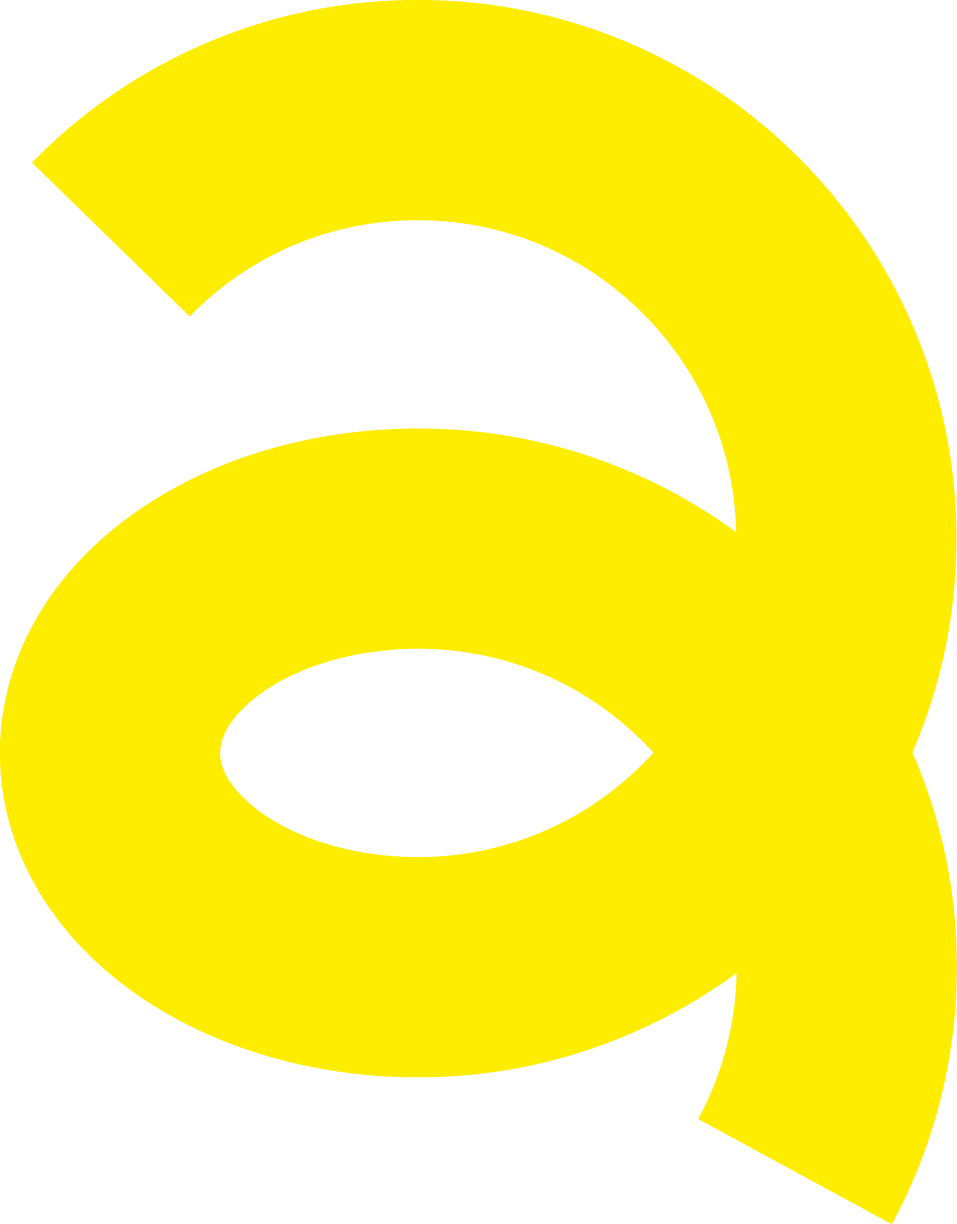faces at the end of time
© Paul Dorobisz
2-Kanal-Videoinstallation, 6 min. Loop
"faces at the end of time" ist eine Videoinstallation, die auf einem Experiment basiert, das von paranormalen Forschern verwendet wird, um Geister und Gespenster sichtbar zu machen. Mithilfe von Kameras und Monitoren erzeugen sie Video-Feedback-Loops. Sie glauben, dass sich innerhalb dieser geschlossenen Kreisläufe Geister manifestieren können. Der Prozess wird Video ITC (Video Transkommunikation) genannt. Das Experiment geht auf den Aberglauben zurück, dass zwei einander gegenüberstehende Spiegel ein "Portal" bilden, durch das Geister in "unsere Welt" gelangen können. Wenn man dieses Experiment durchführt, kann man gelegentlich Formen erkennen, die einem Gesicht ähneln. Man kann davon ausgehen, dass die Mustererkennung unseres Gehirns versucht, Ordnung in das visuelle Chaos zu bringen. Wir wollen es sehen. Wir sehen es. Wir wollen es wieder sehen. Auf diese Weise erzeugt allein der Glaube selbst eine Rückkopplung, einen Feedback-Loop.
2-channel-video installation, 6 min. loop
'faces at the end of time' is a video installation based on an experiment used by paranormal researchers to visualize spirits and ghosts. They create Video Feedback Loops using cameras and televisions. These researchers believe that within this closed circuit, ghosts can manifest themselves. This process is called Video ITC (Video Transcommunication). The experiment is derived from the superstition that two mirrors facing each other create a "portal" through which spirits can enter our world. By conducting this experiment, one can spot the occasional shape resembling a face. Yet, it's more likely due to our brain's pattern recognition wanting to bring order to the visual chaos. We want to see it. We see it. We want to see it again. This way, the belief itself causes a Feedback Loop within the believer.



